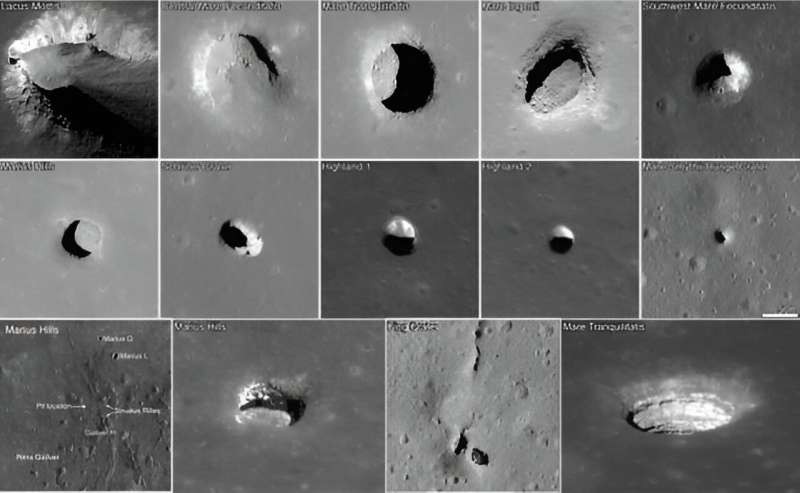The LUnar Geology Orbiter (LUGO) mission is proposed to study surface and subsurface geological features on the Moon that have not yet been the dedicated target of previous missions, with the goal of understanding its thermal evolution and supporting human exploration and future permanent settlements. The objectives of LUGO aim to clarify two important knowledge gaps: 1) to characterize Irregular Mare Patches (IMPs), enigmatic volcanic landforms located on the near side of the Moon, and to provide insights into their age and formational processes; and 2) to detect lava tubes and characterize their general shapes to evaluate their potential as future astronaut habitats. Such a mission would lead to discoveries regarding the improved dating, vertical structure, and shallow subsurface plumbing system of IMPs, as well as the existence, occurrence, and physical characteristics of several lava tubes. To achieve the scientific objectives, the mission is proposed to carry an instrument payload consisting of 1) a ground-penetrating radar with a frequency between 15 and 30 MHz, 2) a narrow-angle camera with a spatial scale better than 25 cm per pixel, 3) a hyperspectral camera with a spectral range from 500 to 1650 nm, and 4) a light detection and ranging sensor using single-photon detection at 1550 nm. LUGO may also characterize other geological targets, such as floor-fractured craters, thanks to its ability to cover long swaths of the lunar surface from its orbit. Furthermore, LUGO will serve as a technological blueprint for future missions that will help uncover the relationship between the geological and morphological characteristics at the lunar surface and the geological structure and stratigraphy of the shallow lunar crust.
Petr Brož from the Institute of Geophysics of the Czech Academy of Sciences has played a key role in the development of the LUGO lunar mission concept, serving as the scientific lead within a large international consortium.
The mission concept and its scientific objectives were recently published in a peer-reviewed article in the prestigious journal Acta Astronautica. For broader audiences, further insights into the planned mission are also available on Universe Today, a popular American website dedicated to space exploration and science communication.
https://www.universetoday.com/articles/tracing-the-moons-geological-history-with-lugo
Link to the peer-reviewed article:
https://www.sciencedirect.com/science/article/abs/pii/S0094576525002760

Photo: A series of collapsed lunar lava tubes, as captured by the Lunar Reconaissance Orbiter. Credit – Credit: NASA/GSFC/Arizona State University

